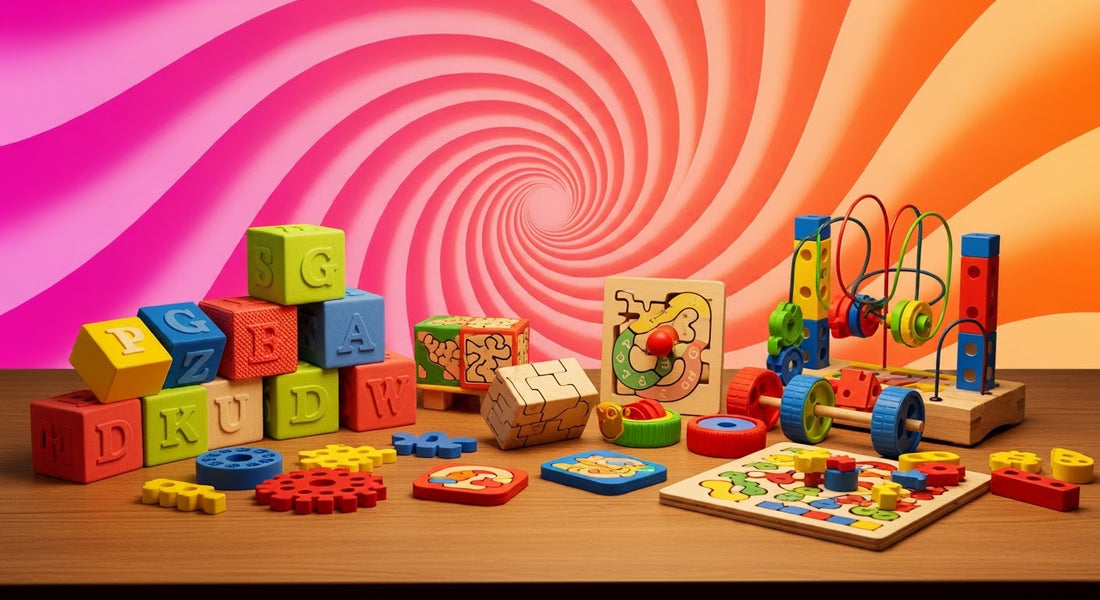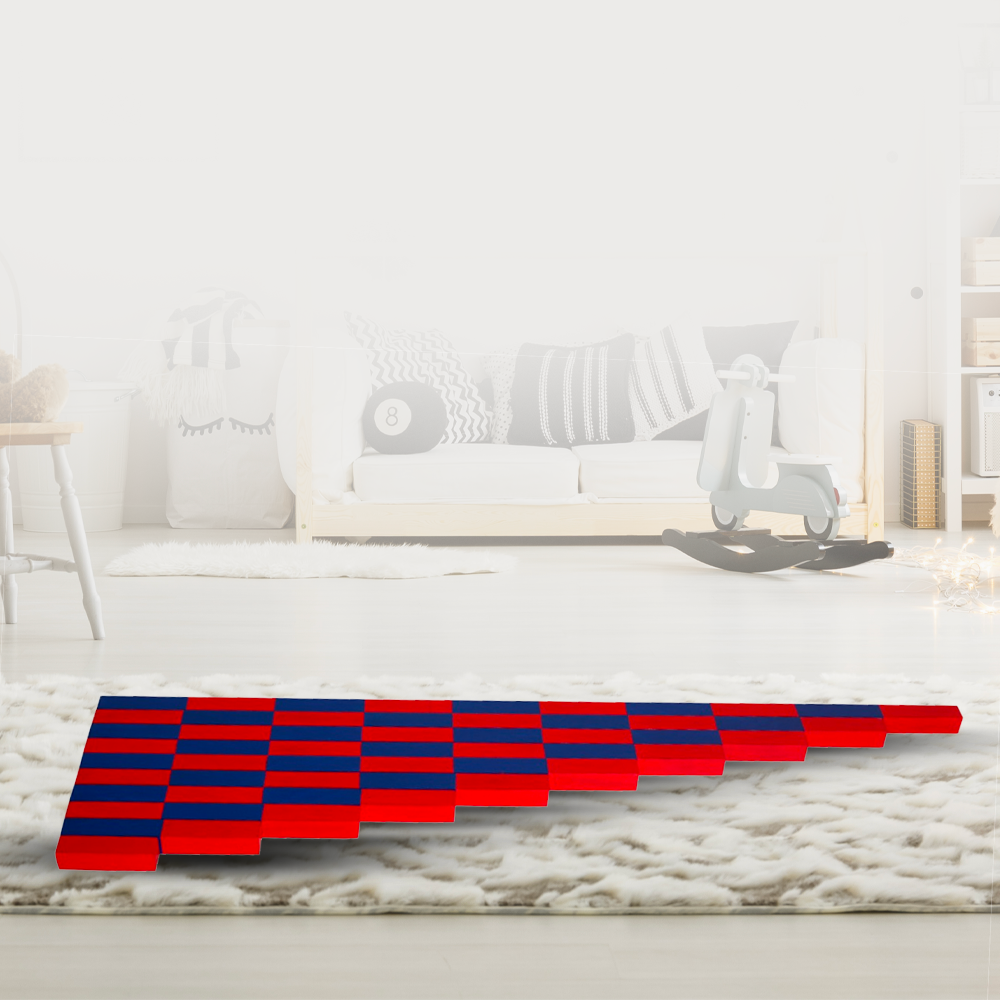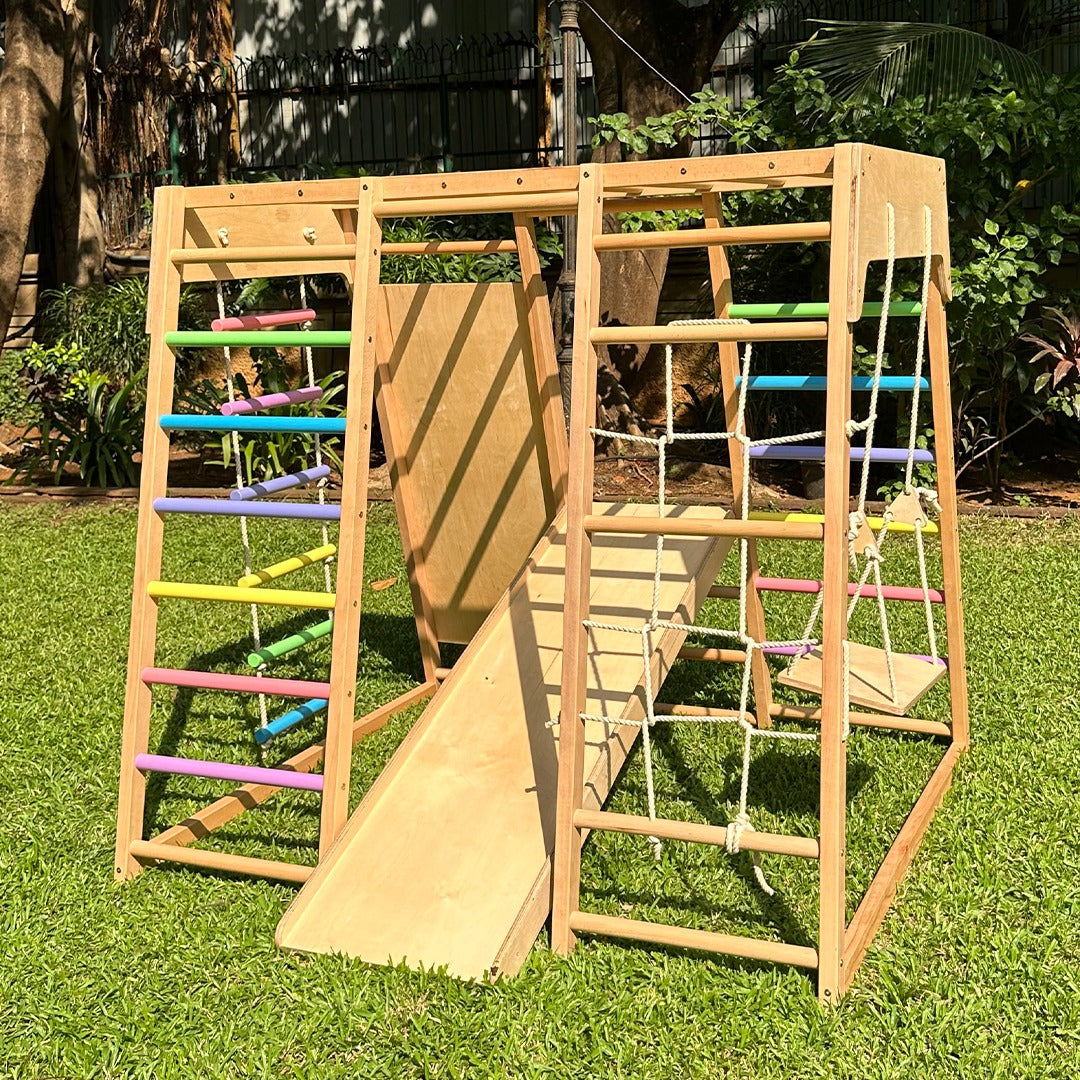Your child’s brain develops more rapidly in the first six years than at any other point in life. The toys you introduce during this period don’t just entertain — they lay the foundation for thinking, problem-solving, and emotional growth.
In this guide, we’ll explore how educational toys influence brain development, what types of toys are most effective, and how you can choose the right ones for your child.
What Are Educational Toys?
Educational toys are designed to support learning through play. They help children develop essential life skills such as motor coordination, cognitive thinking, language, creativity, and emotional intelligence. More than just fun, these toys actively engage different areas of the brain, helping your child grow smarter, more focused, and confident.
Key Brain Areas Stimulated by Educational Toys
| Brain Area | Skill Developed | Example Toy |
|---|---|---|
| Prefrontal Cortex | Focus, decision-making | Sorting games, mazes |
| Hippocampus | Memory, learning retention | Flashcards, story puzzles |
| Cerebellum | Coordination and movement | Stacking blocks, balancing games |
| Amygdala | Emotions and social responses | Roleplay sets, puppets, dolls |
Seven Benefits of Educational Toys for Brain Development
- Enhance cognitive thinking: Toys like puzzles and logic games help children learn problem-solving and reasoning.
- Improve fine and gross motor skills: Activities such as stacking, sorting, and building improve hand-eye coordination.
- Increase focus and attention span: Repetitive and goal-oriented toys help kids build patience and concentration.
- Develop communication skills: Toys that encourage storytelling or roleplay help expand vocabulary and social confidence.
- Promote creativity: Open-ended toys like magnetic tiles or building blocks stimulate imaginative thinking.
- Support emotional development: Toys that mimic real-life scenarios help children understand and express feelings.
- Encourage independent learning: Self-guided play fosters decision-making and responsibility.
How to Choose the Right Educational Toy
- Ensure the toy is age-appropriate and safe.
- Look for toys that serve a developmental purpose (motor, sensory, language, etc.).
- Choose open-ended toys that can be played with in multiple ways.
- Avoid overly noisy, battery-operated toys that offer passive play.
- Opt for toys that encourage physical interaction and reduce screen time.
When choosing toys, think beyond momentary fun. Ask yourself: “What will my child learn from this?”
Where to Buy Educational Toys
At SkilloToys.com, we curate toys that are development-focused, safe, and enjoyable. Our collections are backed by child development principles, Montessori methods, and real parent feedback. We offer toys that suit every stage from infants to early learners.
Whether you’re looking for sensory play, logic development, or language-building tools — you’ll find a thoughtful range at SkilloToys.
Conclusion
Toys are more than playthings. When chosen wisely, they become building blocks for a child’s cognitive, emotional, and physical development. Educational toys encourage learning in the most natural way — through play. Make the most of your child’s early years by choosing toys that inspire growth and joy.
Disclaimer: The content shared in this article is intended for general parenting guidance only and is not a substitute for professional medical or developmental advice. Please consult with a pediatrician or certified expert before making decisions related to your child’s health or development.




